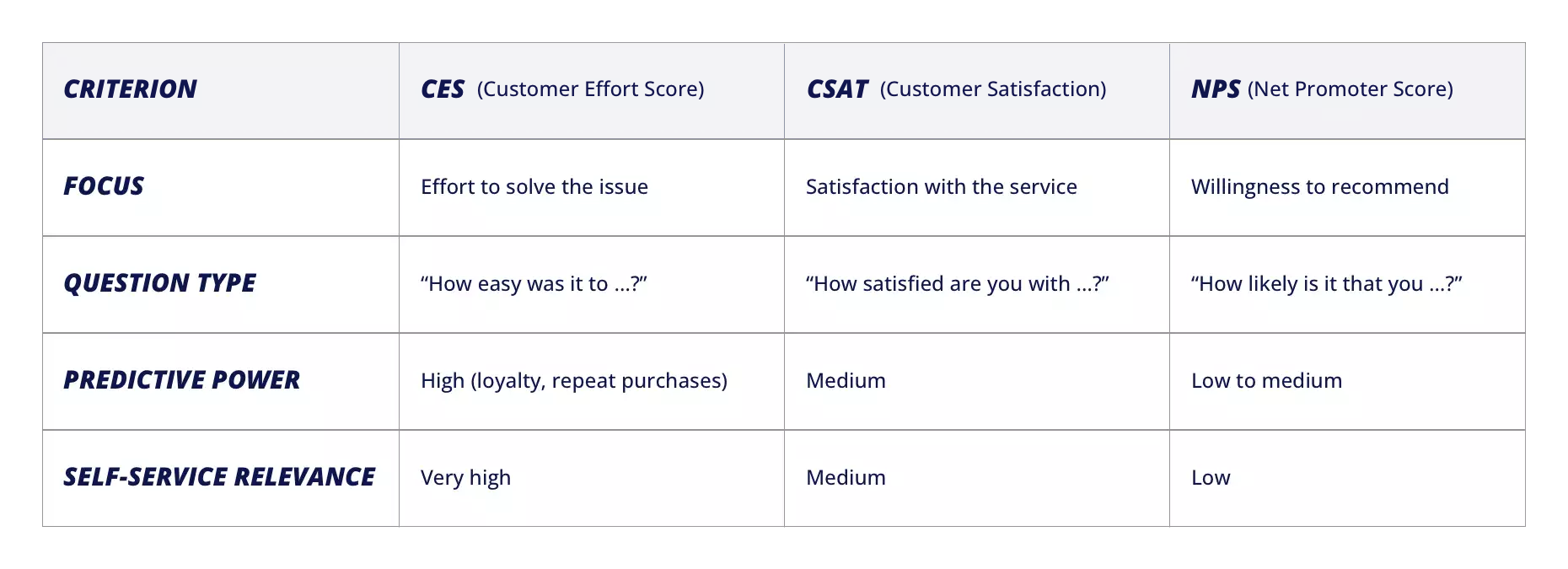How less effort in customer service brings more loyalty
Customer satisfaction with Internet providers starts with less friction
In the telecommunications industry, excellent customer service is no longer a differentiating factor, but a non-negotiable basic requirement. Nevertheless, many Internet providers and public utilities continue to invest in excessive service promises – instead of optimizing the decisive factor: the effort for customers.
This also confirms that Kano model, which divides customer expectations into basic, performance and enthusiasm characteristics. What used to trigger “enthusiasm” – such as hotlines available around the clock or particularly friendly support – is now taken for granted. If this expectation is not met, dissatisfaction immediately ensues.
It is therefore no longer just the “wow effect” that is decisive for genuine customer loyalty, but a smooth, efficient service experience.
One of the biggest customer loyalty studies, carried out by Corporate Executive Board, occupied: It is not enthusiasm that creates loyalty, but a simple troubleshooting process. The Customer Effort Score (CES) measures exactly that – and its predictive power beats classic key figures such as NPS or CSAT clearly.

Find out how the Kano model helps to design modern service experiences.
Read here why customer experience is a key competitive advantage.
What makes CES so relevant for Internet providers?
Ob router setup, WiFi issues or Contract issues: Many customer service processes are still associated with unnecessary complexity. Long waiting times, repeated information, media disruption or channel switching from app to hotline create frustration – and drive customers to compete.
Find out how common WiFi problems lead to customer frustration.
Self-service as the key: Reduce customer expenses in a targeted manner
Modern self-service solutions such as those from MyProvider enable a paradigm shift: Instead of complex processes, customers expect an intuitive, consistent experience.
Read here how Internet providers improve the customer experience with the right solution.
Or are you interested in how service apps become digital marketing channels?
Why a low CES contributes to customer loyalty
Studies show: Customers with high service costs are four times more likely to be dissatisfied. The effects:
- Higher termination rates
- Decreasing brand loyalty
- More service contacts and support costs
A low CES, on the other hand, correlates with:
- Higher probability of repurchase
- Lower churn rate
- More up-selling and cross-selling potential
What factors lead to dissatisfaction in customer service? Read it now.


.webp)
.webp)


.webp)





